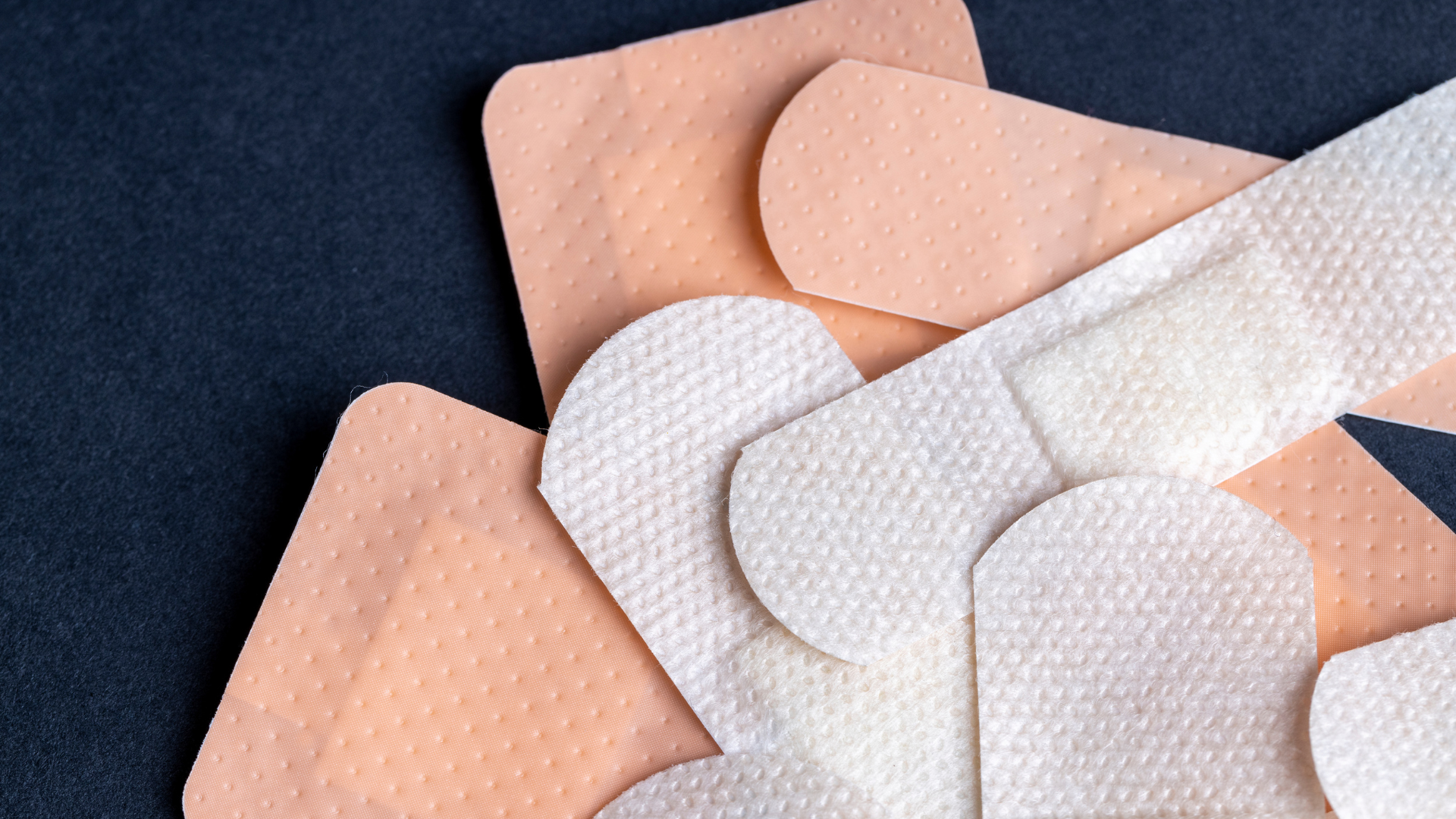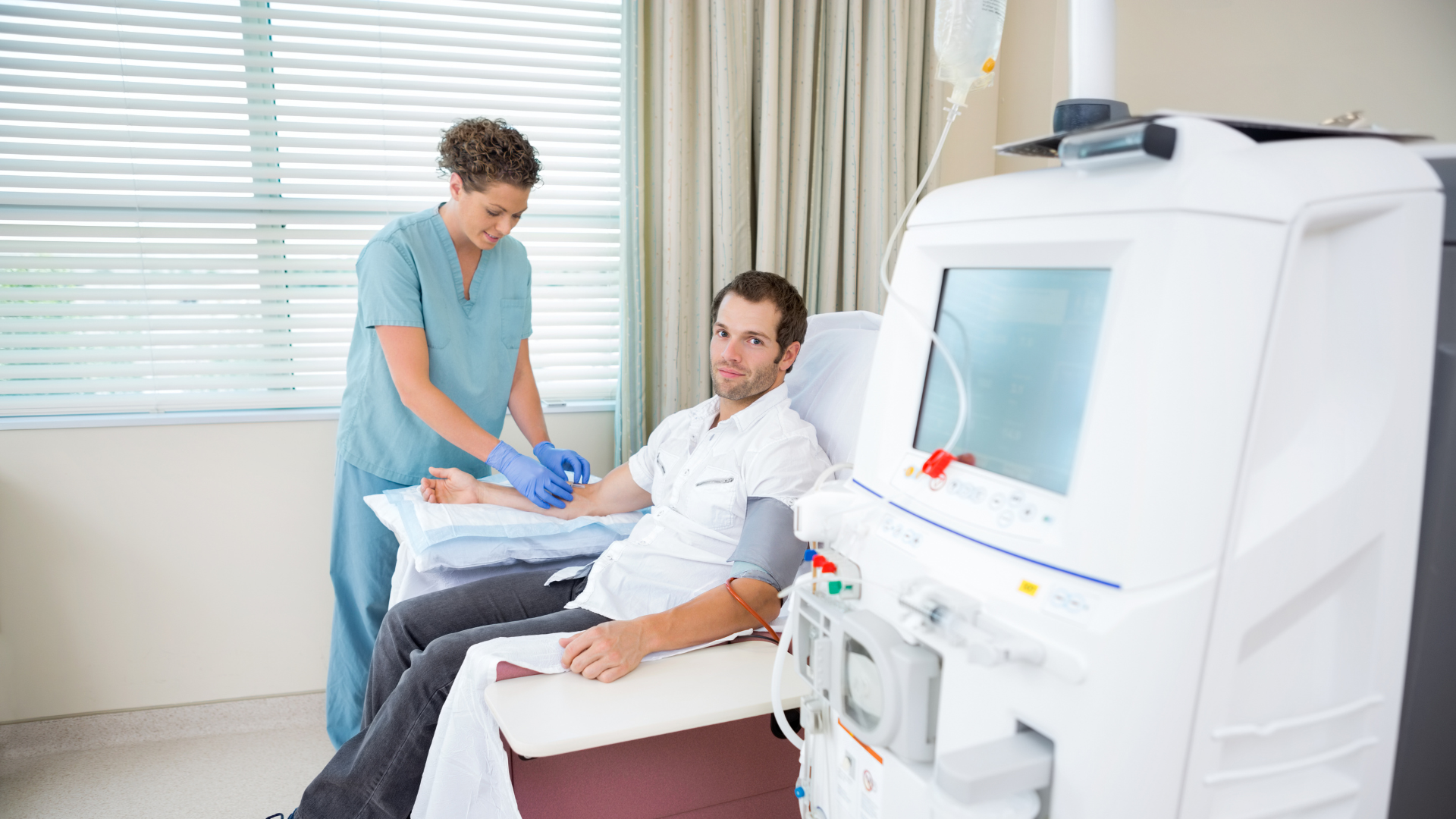Managing Chronic Wounds: Tips and Strategies
Managing chronic wounds requires a multifaceted approach to ensure effective wound treatment and promote healing. A crucial first step in the management of these wounds that do not heal is debridement, which involves the removal of dead tissue to facilitate wound repair. Various treatment options exist, including the use of appropriate wound dressing that supports healing and protects the edges of the wound. The risk of developing chronic wounds can be minimized by treating the underlying conditions, such as diabetes or vascular issues.
In the case of diabetic foot ulcers and chronic venous ulcers, studies, including randomized controlled trials, have shown the effectiveness of specific interventions like oxygen therapy in the treatment of these wounds. Growth factors and advanced dressings may enhance wound repair regen by promoting healing wounds. Additionally, antibiotics may be necessary to prevent infection, especially in lower extremity wounds. Overall, wound care clinics offer specialized services to treat a chronic wound and wound prevention strategies to prevent pressure ulcers. Living with chronic wounds can be challenging; hence, effective management is vital for improving quality of life.
Understanding Chronic Wounds

Understanding chronic wounds involves recognizing the factors that contribute to the potential to become chronic. Chronic wounds, such as foot wounds, often result from underlying conditions like diabetes or venous insufficiency. When wounds to heal are not adequately treated, they can become chronic, leading to significant morbidity for patients with chronic wounds. The treatment of chronic wounds requires a comprehensive approach, including the management of comorbidities and adhering to treatment guidelines.
Effective treatment of diabetic foot ulcers and treatment of venous ulcers may involve cleaning the wound, applying an appropriate dressing, and ensuring proper care services are in place. The wound edge and surrounding the wound must be monitored closely to promote closure of the wound. As wound care continues, maintaining continuity of care is essential, as poorly healing open wounds can lead to further complications associated with chronic wounds. The wound healing society emphasizes the importance of accurate diagnosis and treatment to enhance recovery outcomes.
Key Factors Affecting Chronic Wound Healing
Several key factors affecting chronic wound healing must be considered when treating chronic wounds. One of the primary reasons for delayed healing is inadequate blood flow, which can lead to chronic wounds. Additionally, the presence of infection can impede the body’s natural healing processes, making it difficult for chronic wounds to heal. Effective wound cleansing is essential to remove debris and bacteria, facilitating overall healing.
Furthermore, the patient’s overall health plays a crucial role in their recovery. Conditions such as diabetes or obesity can affect healing rates, making it challenging for some wounds to heal within three months. Therefore, tailored care for patients with chronic wounds is vital. This may include regular assessments to determine how the wound appears and adjusting treatment plans as necessary to promote optimal recovery.
Best Practices for Chronic Wound Care
Effective chronic wound care is essential for promoting healing and preventing complications. For patients with peripheral artery disease, careful assessment and management of blood flow are critical, as insufficient circulation can impede healing. Regular monitoring of the wound’s condition is necessary to identify any signs of infected wounds, which may require immediate intervention to prevent further complications.
Additionally, wound care may involve debridement, appropriate dressings, and the use of advanced therapies, such as negative pressure wound therapy. Education on proper foot care is also vital for patients with peripheral artery disease, as minor injuries can escalate into serious wounds. Collaborative care involving healthcare providers, nurses, and patients can significantly enhance treatment outcomes, ensuring that chronic wounds receive the best possible management.
Advanced Therapies for Chronic Wound Management

Negative Pressure Wound Therapy (NPWT): NPWT uses a vacuum to remove excess fluid from the wound, reduce swelling, and improve blood flow, promoting faster healing. It’s especially effective for deep wounds like pressure ulcers or diabetic foot ulcers. This method also helps reduce infection risk and can significantly speed up healing time compared to traditional treatments.
Hyperbaric Oxygen Therapy (HBOT): HBOT delivers pure oxygen in a pressurized chamber, boosting oxygen levels in tissues and promoting wound healing. It’s particularly beneficial for wounds complicated by poor circulation, such as diabetic ulcers or radiation injuries. This therapy not only accelerates healing but also helps fight infections.
Biological Dressings and Skin Grafts: For non-healing wounds, biological dressings like collagen-based materials or amniotic membranes support tissue regeneration. In more severe cases, skin grafts are used to cover large or deep wounds, protecting them and promoting healing. These advanced treatments can significantly improve outcomes when traditional care isn’t enough.
Strategies for Managing Chronic Wounds at Home
Daily Monitoring: Regularly inspecting chronic wounds is crucial for spotting potential complications early. Check for changes in color, size, drainage, or odor—all of which could signal infection or delayed healing. Document any new developments, and ensure proper hygiene around the wound to prevent contamination.
Pain Management: Chronic wounds can be painful, but proper pain control can make healing easier. Over-the-counter medications like ibuprofen or acetaminophen help reduce discomfort. Cold therapy, such as using ice packs (wrapped in cloth to avoid direct contact), can reduce swelling and pain. For severe or persistent pain, consult your healthcare provider for prescription options.
When to Seek Medical Attention: Recognize when a wound needs professional care. Warning signs include increased redness, swelling, pus, fever, or worsening pain. These may indicate infection or complications that require immediate medical attention to prevent further health issues. Regularly consulting with a healthcare provider ensures proper wound management and timely intervention when necessary.
Prevention of Future Chronic Wounds

Prevention of future chronic wounds is crucial for maintaining overall health and well-being. One of the key strategies is to ensure a healthy wound bed that promotes optimal healing conditions. This involves regular assessments and timely interventions to address any issues that may arise.
To effectively keep the wound from deteriorating, it is essential to manage underlying health conditions, such as diabetes or vascular issues, which can increase the risk of developing chronic wounds. Educating patients about proper skin care and hygiene plays a vital role in this preventative approach.
Moreover, being vigilant for signs of infection is critical in the early detection of complications. Recognizing symptoms like increased redness, swelling, or discharge can prompt immediate action, reducing the likelihood of a wound becoming chronic.
Conclusion
In summary, effective management of chronic wounds hinges on a comprehensive approach that combines proper care practices, advanced therapeutic options, and close collaboration with healthcare professionals. Key strategies include regular wound cleaning and dressing changes, infection prevention measures, maintaining moisture balance, and exploring advanced therapies like negative pressure wound therapy and hyperbaric oxygen therapy. Understanding the factors affecting wound healing and being proactive in daily wound care can significantly enhance recovery outcomes.
We encourage readers to take charge of their wound management by consulting with specialists who can provide personalized care plans tailored to their specific needs. Engaging with healthcare providers not only ensures that wounds are treated effectively but also facilitates access to advanced therapies and ongoing support. Taking proactive steps, such as adhering to a well-structured wound care regimen, can greatly improve healing rates.
Remember, with the right care and consistent attention, chronic wounds can heal effectively, leading to significant improvements in overall health and quality of life. By staying informed and proactive, individuals can navigate the challenges of chronic wounds and work towards a healthier future.




